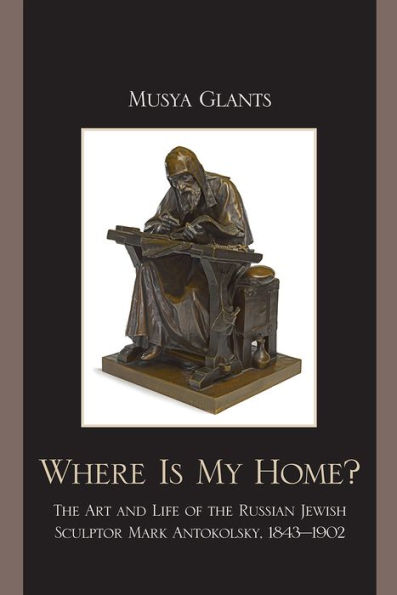Where Is My Home?: The Art and Life of the Russian-Jewish Sculptor Mark Antokolskii, 1843–1902 is the first full-length study in English of the art and life of Mark Antokolskii, the widely recognized Russian and European sculptor of the late 19th century. An originator of novel trends in sculpture in its transition to modernism, Antokolskii was the first artist of Jewish origin to attend the Academy of Art in St. Petersburg and to become an honorable member of the Russian and Western intellectual milieu. Participating in many International World Exhibitions, he received numerous awards, including the Legion d'Honneur (1878, Paris). Antokolskii was a member of many European academies of art, and his works are in museums and private collections worldwide. Where Is My Home? focuses on Antokolski's artistic uniqueness and his fate as a Jewish intellectual who belongs to distinct cultures. Musya Glants pays particular attention to Antokolski's constant struggle between his devotion to Russia and the lifelong commitment to his people. This opens ways to discuss less known aspects of the notions of national identity and spiritual duality. It is an attempt to give an account of the artist as a notable Jewish social and cultural figure, a thinker and essayist whose art reveals his longing for people's reconciliation and overcoming of historical alienation.



